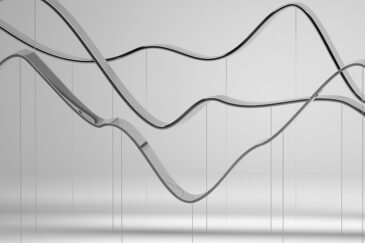Cindy van Es is Professor of Practice in the Charles H. Dyson School of Applied Economics and Management. She has a Ph.D. in statistics from Iowa State University and joined Cornell in 1988. Professor van Es teaches three courses in the undergraduate business program: Introductory Statistics, Business Statistics, and Impact Learning: South Africa. Her general area of interest is statistical education, with a focus on business applications and teaching through social justice examples.
Professor van Es currently serves as Director of Dyson’s Undergraduate Business Program. In this position, she provides strategic leadership and supervision on activities within the undergraduate program at the school, focusing specifically on implementation of the undergraduate curriculum and review of academic policies

































